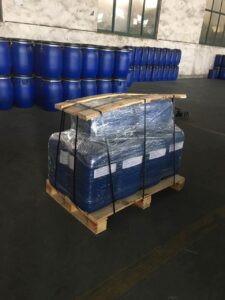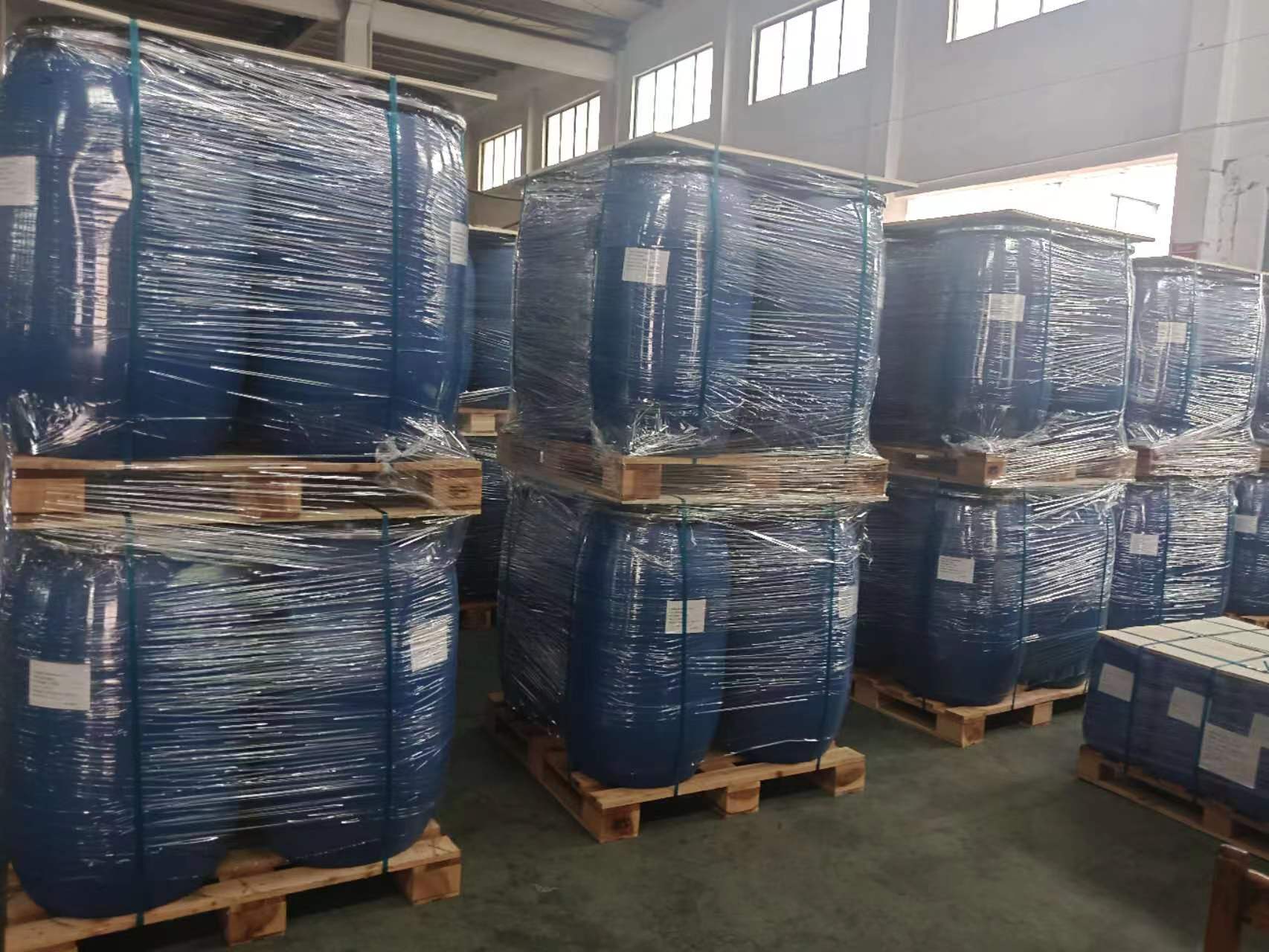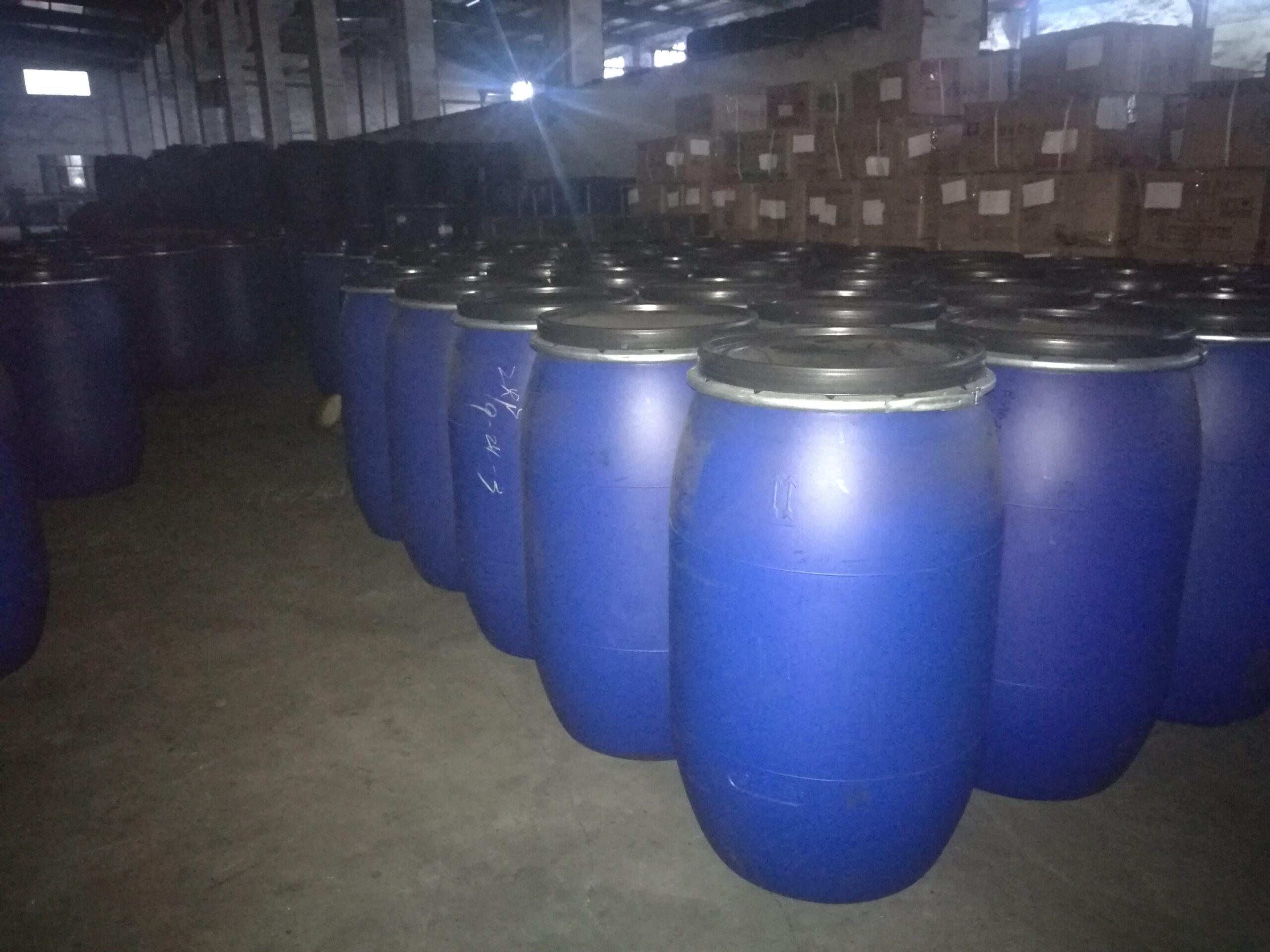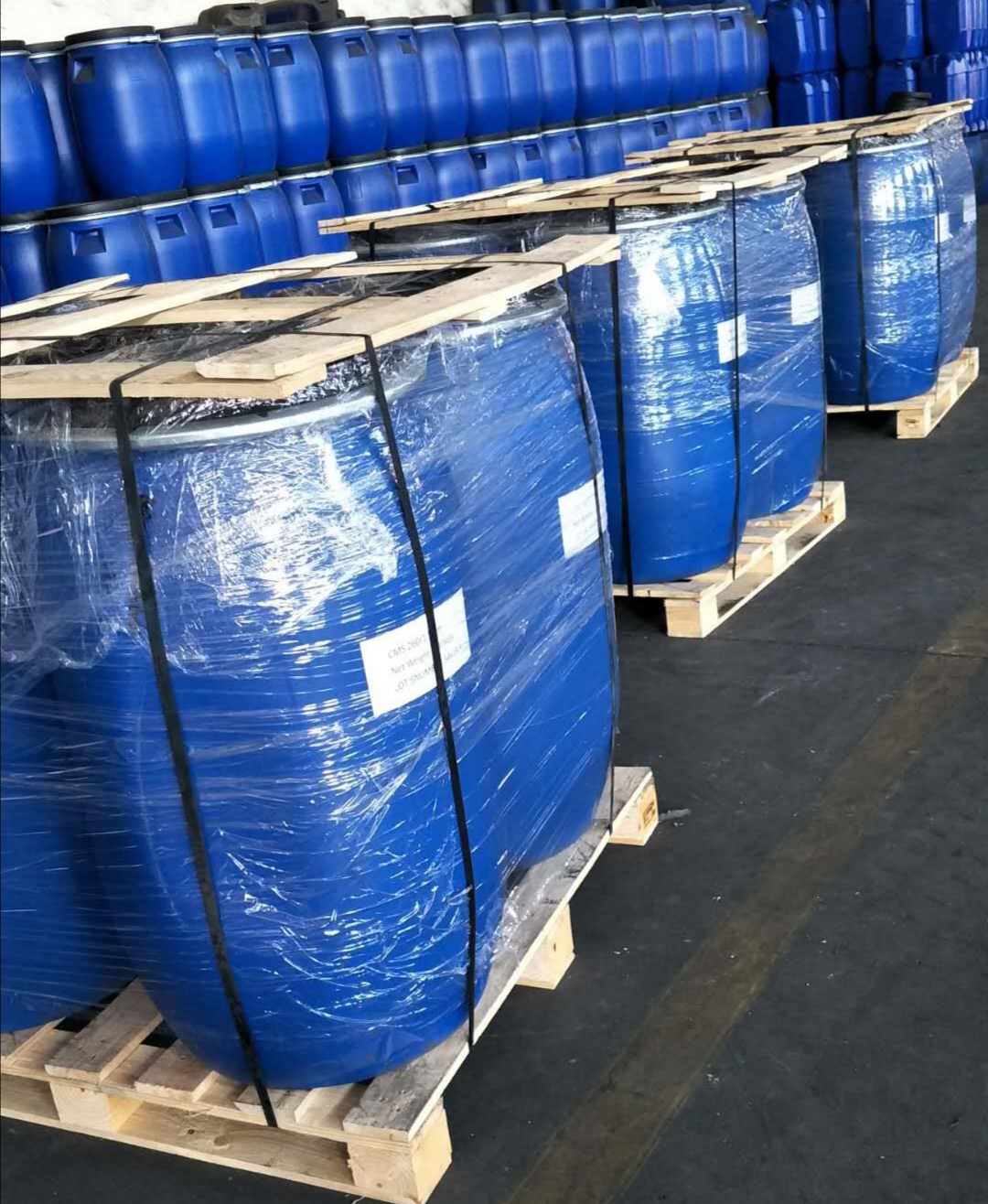Applications of Molecular Sieves in Various Fields
一. Chemical Industry
Molecular sieves have significant applications in various fields of chemistry, including chemical synthesis, ion exchange, separation, and purification. Among them, the most widespread application is as catalysts. Molecular sieve catalysts can selectively catalyze specific reactions, increasing reaction rates and yields. For example, molecular sieve catalysts are widely used in the production of clean fuels, chemicals, pharmaceuticals, and polymer materials. The details are as follows:
1. Catalytic action
Molecular sieves have regular pore structures and strong acidity, which can be used as catalysts or catalyst carriers, significantly improving the selectivity and product yield of chemical reactions. For example, in petroleum refining, molecular sieve catalysts can optimize the yield of gasoline and diesel and improve the product distribution; in the coal chemical industry, molecular sieve technology can reduce carbon emissions and achieve clean utilization of coal.
2. Adsorption and separation
Molecular sieves achieve molecular separation functions through their uniform pore diameters and are often used in gas purification (such as natural gas desulfurization), air separation (oxygen/nitrogen production), and removal of organic pollutants. For example, carbon molecular sieves can efficiently separate oxygen and nitrogen, and are widely used in medical equipment such as ventilators.
3. Ion exchange
Molecular sieves can undergo exchange reactions with ions in solutions, and are often used in the treatment of radioactive waste and detergent production.
二. Environmental Protection Field
Molecular sieves also have significant applications in environmental protection. For instance, they are widely used for the adsorption and separation of organic substances, harmful substances, and gaseous pollutants. Molecular sieves can also serve as adsorbents for treating wastewater and exhaust gases, effectively reducing environmental pollution. The details are as follows:
1. Waste gas treatment
Molecular sieves effectively remove volatile organic pollutants (VOCs) from industrial waste gas through adsorption and catalysis. For example, hydrophobic molecular sieve adsorbents can be applied in industries such as spraying, printing, and petrochemicals, achieving efficient purification of medium and low concentration VOCs through honeycomb or rotating wheel lightweight structures.
2. Water treatment
The ion exchange property of molecular sieves enables them to adsorb heavy metals and purify water quality in wastewater treatment. For instance, resin-based nano-composite adsorbent technology utilizes the molecular sieve structure to adsorb trace heavy metal ions, enhancing the efficiency of wastewater treatment.
In addition, the combination of molecular sieve rotors with RTO/TO/CO technologies enables deep purification of waste gas and heat energy recovery, widely used in high-pollution industries such as chemical and pharmaceutical.
三. Medical field
The application of molecular sieves in the medical field is also increasingly widespread. Especially in the pharmaceutical field, molecular sieves serve as an important separation and purification material. Molecular sieves have a strong purification ability for macromolecules, such as protein and nucleic acid purification, avoiding the use of toxic and harmful solvents and chemicals, and improving drug safety.
Molecular sieves are mainly used in medical fields for oxygen production and gas purification, with the core function being to achieve oxygen purification through selective adsorption, ensuring the purity and safety of medical oxygen.
The details are as follows:
1. Oxygen purification
Molecular sieves separate high-purity oxygen from the air based on the principle of physical adsorption. The core mechanism is to utilize the strong adsorption capacity of zeolite molecular sieves for nitrogen, carbon dioxide, and other impurities, while retaining oxygen molecules. This separation process does not require chemical reactions, and the oxygen purity can reach 93% ± 3% (conventional medical standards) or higher (such as 99.5%), meeting the high-purity requirements for emergency and surgical scenarios.
2. Gas purification
During oxygen production, molecular sieves can also remove impurities such as water, hydrocarbons (such as methane), carbon dioxide, and nitrogen from the oxygen, ensuring dryness and no pollution of the oxygen. This purification function is crucial for preventing equipment corrosion, extending service life, and ensuring patient safety.
3. Special application scenarios
Emergency and intensive care: High-purity oxygen (above 99.5%) can be directly used in emergency scenarios such as cardiopulmonary resuscitation and ventilator-assisted ventilation, quickly correcting hypoxia.
Surgery and anesthesia: Maintaining blood oxygen saturation (>95%) can reduce anesthesia risks and ensure surgical safety.
Newborn/ premature infant oxygen therapy: High-purity oxygen is used to treat respiratory distress syndrome, reducing the damage to vulnerable organs caused by low oxygen.
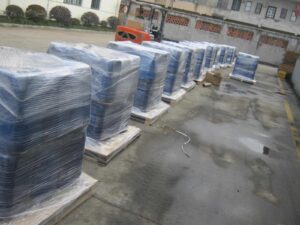
四. Energy field
Molecular sieves also have extensive applications in the energy field, especially in the oil and gas petrochemical industry. Molecular sieves can help produce high-quality clean fuels through adsorption, separation, and catalytic actions, and reduce the content of moisture and pollutants. Moreover, molecular sieves can also capture CO2 through CO2 capture technology, reducing industrial gas emissions and having a good environmental protection effect. The details are as follows:
1. Hydrogen purification
Molecular sieves can selectively adsorb impurities such as CO₂ and CH₄, thereby improving the purity of hydrogen. For example, in PSA hydrogen production technology, molecular sieves achieve efficient separation of hydrogen through adsorbing impurities.
2. Biofuel production
During the conversion of biomass, molecular sieves can catalyze the conversion of cellulose, lignin, etc. into fuels such as bioethanol and biodiesel, optimizing reaction selectivity and product yield.
3. Hydrogen production technology
Zeolite molecular sieves can handle larger molecules and are applied in fields such as heavy oil conversion and biomass catalysis, enhancing hydrogen production rate and reducing energy waste.
In summary, as a high-performance material, molecular sieves are widely used in various fields such as chemical engineering, environmental protection, medicine, and energy, and have different application principles in different fields. With the continuous development of technology, the application of molecular sieves will become more extensive and play an increasingly important role.
